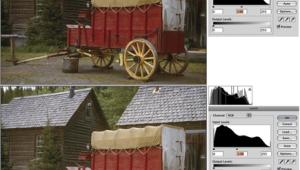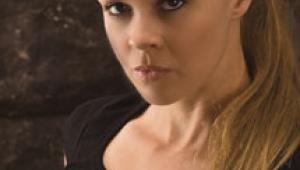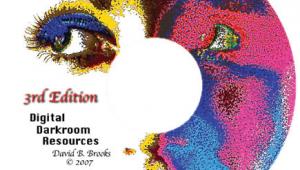Fun With Photoshop
Making A Montage In 48 Years Or Less
Someone once asked me, when
looking at the three-picture montage in this article, "How long
did it take you to create your `Flying High' image?"
My reply, "21 years," brought a look of puzzlement to the
person's face. But it was true. Here's why: I figure it
took me that long to develop an eye for pictures, fine-tune my shooting
technique, become an experienced traveler and photographer, and get
familiar with all the accessories I use to create my pictures--including
Adobe Photoshop. Actually, a more accurate answer would have been "48
years," because that's how long it has taken me to get to
this point in my life--knowing what I like, and liking what I'm
doing. |
|||
Check out the captions for
each image in this article. Remember the techniques and try 'em
yourself using your own pictures. Be patient. Don't do this when
you are rushed. Follow Ansel Adams' advice: "A print is never
done." Keep making and remaking a print until you are 100 percent
satisfied. Then, go back a few days, weeks, or months later and make new
images--adjusting contrast, color, and brightness...and using new
filters. This remaking process is possible because you have literally
endless creative possibilities in Photoshop. |
|||
Photography/Imaging Equipment for "Flying High" Here's a look at the
imaging gear and accessories I used in making the pictures and images
for this month's Photoshop column. Two very important items are
not listed, but they are essential--time and patience. |
- Log in or register to post comments




















































